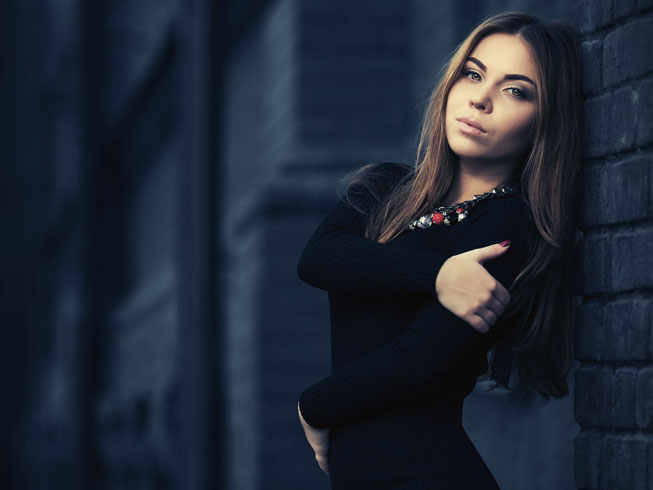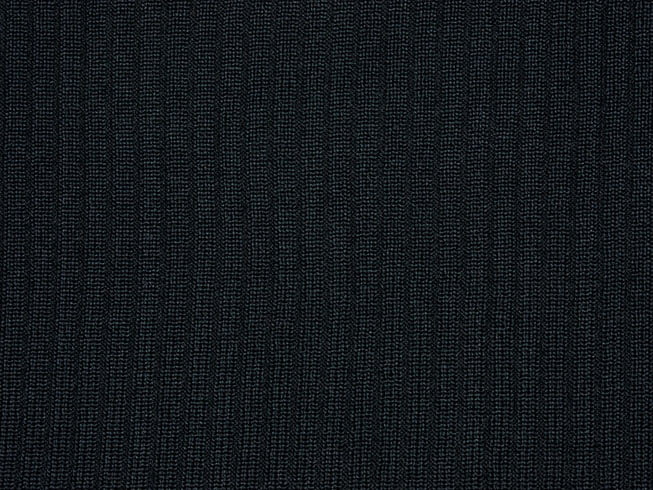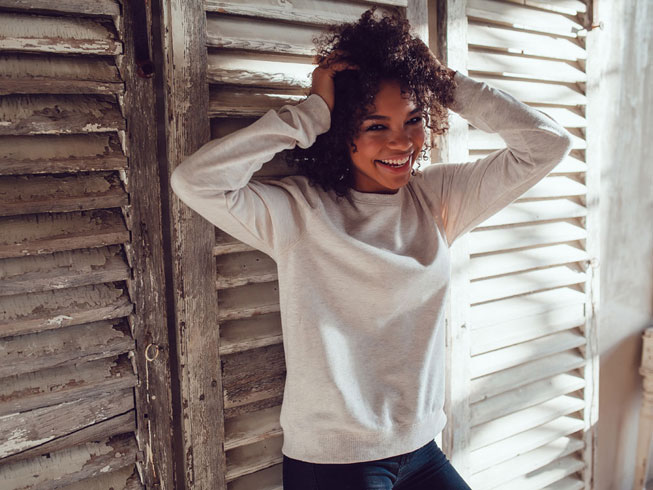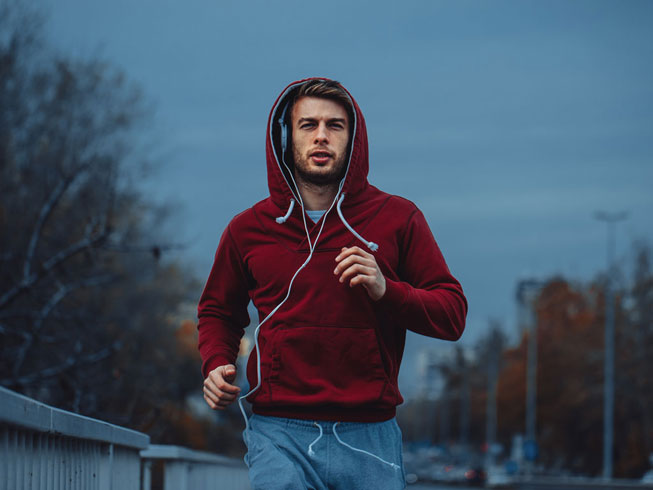Fabric Type
Rib Knit FabricRib Knit Fabric
Description:
Rib knit fabrics are reversible with distinct vertical ribs on both sides, produced by alternating knit and purl stitches. Ribs can be small (1×1, that is, one knit stitch followed by one purl stitch), thick, (2×2 or 3×3), or uneven (2×3, for example).
Usage:
Rib Knit Fabrics are often used for cuffs,neckbands and waistbands, more generally, any edge that should be form-fitting. On the other hand Rib Knit Fabric is the best alternative to knitwear production. Sewing a rib knit fabric instead of knitwear production would avoid the price and overwhelmed demand problems in knitwear production. Rib Knit Fabrics are usually made of Cotton, cotton blends, wool or Acrylic.
Fabric Type:
Rib Knit Fabric
Also Known As:
Sweater Knit Fabric
Tubular Knit Fabric
Ribbing Fabric
Ribana Fabric
1x1 Rib Fabrics (English rib fabric)
2x1 Rib Fabrics (Swiss rib fabric)
2x2 Rib Fabrics
4x4 Rib Fabrics
Print Type Available:
Digital
Rotational
Width:
120-180cm
Weight per m2:
150-320gr/m2
Minimum Order Quantity:
400 kg per colour plain
500-700 kg per design Rotational Print
200 kg per design Digital Print
For Garments:
Cuffs
Sleeves
Cardigans
Pullovers
Sweaters
Vests
Jackets
Dresses
Yarn Fiber Type:
%100 Organic Cotton (only combed)
Organic Cotton Blends
%100 BCI Cotton (only combed)
BCI Cotton Blends
%100 Cotton (OE, Carded or Combed)
Cotton Blends
Wool Blends
Acrylic Blends
Polyester Blends
Recycled Cotton Polyester Blends
Possible Fabric Production Certifications:
Oeko-Tex
BSCI
Sedex
Marks&Spencer
C&A
Inditex
Primark
Approximate Minimum Price:
9,50 USD/kg plain (Recycled Cotton Polyester Blend)
12,50 USD/kg Rotational printed (OE Cotton with maximum weight per m2)
11,50 USD/kg Digital printed (Polyester with maximum weight per m2)
More About Rib Knit Fabrics:
Little or no lengthwise stretch, but lots of crosswise stretch and good, natural recovery. Cut edges do not curl.
Usage of Rib Knit Fabrics: Because of its elasticity, ideal for trimming other knits (and wovens). Garments made from rib knits are usually close-fitting and therefore use a pattern designed for knits.
Rib Knit Fabric
Rib knit fabric comes in several weights, colors, and widths and is perfect for creating cozy tops, cardigans, comfy loungewear, ribbing for cuffs and neck bands, and more!
Rib Knit Fabrics have stitches drawn to both sides of the fabric, which produces columns of wales on both the front and back of the fabric. Rib Knit fabrics have excellent elasticity. Rib knit fabrics are used for the “ribbing” which is usually found at the lower edges of sweaters, on sleeve cuffs, and at necklines. The Rib knit fabric is made by knitting yarn as alternate knit stitch and purl stitch in one course of the fabric. The fabric has alternate wales of knit and purl stitches. It is a reversible fabric, as they look identical on both sides of the fabric. They may be made with both flat and circular knitting machines.
The number of knit and purl stripes (wales) are generally equal, although they need not be. When they are equal, the fabric has no tendency to curl, unlike stockinette stitch. Such ribbing looks the same on both sides and is useful for garments such as scarves.
Thus, rib knit fabrics are often used for cuffs, sweater hems and, more generally, any edge that should be form-fitting. The elasticity depends on the number of knit/purl transitions; 1×1 ribbing is more elastic than 2×2 ribbing, etc.
A rib knit is a fabric that features raised vertical “ribs” knitted at regular intervals by switching between a knit stitch and a purl stitch.If a fabric is listed as a 2x2 rib knit, that means that two stitches were knitted and then two stitches were purled to achieve ribs that are the same width as the “valleys” between the ribs. Rib knit fabrics can also have a 1x1 pattern where one stitch is knitted and then one is purled. This will result in a tighter rib knit that might not be noticeable from a distance. You may also see a 3x2, a 3x3, or even a 4x1 rib knit. The first number just refers to the number of rows knitted and the second number refers to the number of rows purled.





